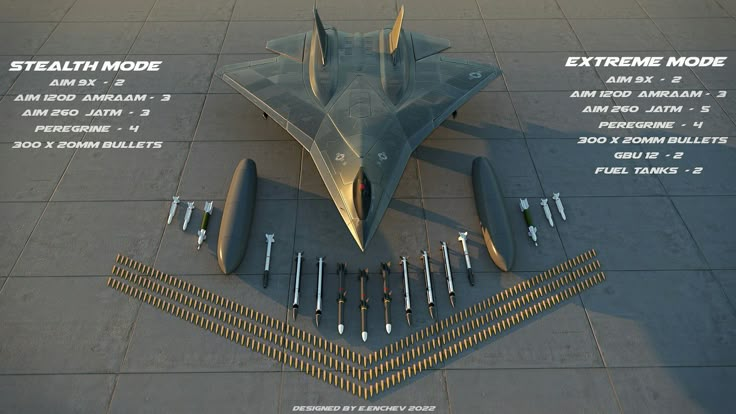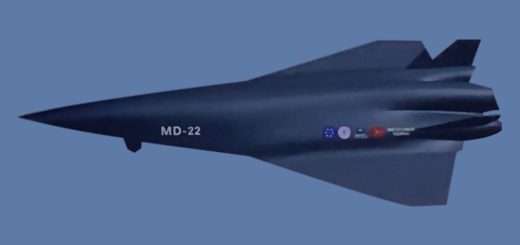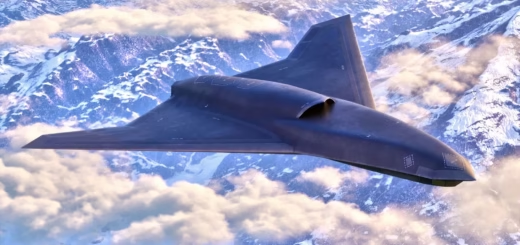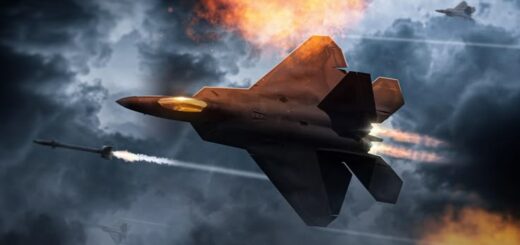How a New Generation of Fighter Jets Can Transform Air Combat
How a New Generation of Fighter Jets Can Transform Air Combat
Technological progress is changing the laws of aerial conflict in the dynamic arena of modern warfare. The balance of air superiority is about to change significantly thanks to the next generation of fighter planes, which combine stealth, artificial intelligence (AI), sophisticated sensors, and cutting-edge armament systems. By purchasing these state-of-the-art aircraft, nations are doing more than just modernizing their air forces; they are changing the definition of air superiority in the twenty-first century.

The Changing Air Warfare Environment
The three main pillars of fighter aircraft development for many years were firepower, speed, and maneuverability. These are still crucial, but the current generation of aerial platforms adds three other elements that are becoming just as important: autonomy, information supremacy, and stealth. This paradigm change is reflected in the appearance of fifth-generation and possibly sixth-generation aircraft.
These cutting-edge planes, in contrast to their predecessors, are built to outthink enemies rather than merely outfly and outgun them. The capacity to identify, monitor, and combat adversaries before they are identified will be crucial in future confrontations. Network integration and information will be just as important as the aircraft’s actual performance. Survivability and Stealth: The New Normal
Stealth technology is the most noticeable characteristic of contemporary fighter design. This includes designs that limit radar cross-section, materials that absorb radar, and decreased infrared signals. The Chengdu J-20 and the F-35 Lightning II are two examples of aircraft that show how stealth allows pilots to enter disputed airspace, hit important targets, and escape undetected.
Stealth will be further advanced by upcoming sixth-generation fighters, such as Europe’s Future Combat Air System (FCAS) and the United States’ Next Generation Air Dominance (NGAD) platform. Anticipate new electronic warfare systems that intentionally confound enemy radar, smart skins with sensors integrated in them, and adaptive camouflage.
Cockpit Artificial Intelligence
One of the most revolutionary aspects of next-generation fighter design is the use of AI. In addition to managing sensor data, autonomous systems may help prioritize threats and potentially take over some flight functions. Instead than being overtaken by the deluge of real-time information, this allows pilots to concentrate on making strategic decisions.
AI co-pilots, often known as “digital wingmen,” may fly unmanned companion aircraft in certain configurations. These drones might do high-risk maneuvers without posing a threat to human life, give targeting information, or scout ahead. Leading instances of this idea in operation include the Australian Loyal Wingman project and the U.S. Air Force’s Skyborg program.
Hypersonic Weaponry and Longer Ranges of Engagement
A significant advancement in weaponry technology will also accompany the new generation of fighter planes. The ability of hypersonic missiles to move faster than Mach 5 will significantly reduce the opposing defenses’ reaction time. When paired with the ability to launch beyond-visual-range (BVR) missiles, pilots will be able to eliminate threats hundreds of kilometers away.
Additionally, sophisticated testing is underway for directed-energy weapons, such as airborne lasers. These offer a defensive capability that might alter the dynamics of air conflicts by enabling near-instantaneous engagement of targets, including incoming missiles and adversary aircraft.
Human-Machine Cooperation
One of the biggest conceptual shifts in air combat is the combination of manned and unmanned forces. A swarm of autonomous drones, each with a unique mission—from precise attacks to electronic jamming—may be controlled by a single pilot. A single fighter may function as a force multiplier thanks to this human-machine teaming technique, which increases the scope and adaptability of air operations.
This concept increases survival in addition to fighting efficiency. Unmanned systems can be used for high-risk operations, freeing up valuable human pilots for strategic duties.
The Effect of Strategy on the Dynamics of Global Power
There will be significant geopolitical repercussions from the deployment of next-generation fighter planes. Military success has traditionally depended heavily on air dominance, and those who are able to display unparalleled aviation strength will have a strategic edge. There is a fierce competition among nations including the United States, China, Russia, and European military alliances to deploy these systems first.
However, only powerful nations and close allies will have access to this technology due to the enormous development costs, which sometimes surpass $100 million per aircraft. As a result, alliances, deterrent tactics, and regional power dynamics may be impacted by the growing capacity gap between developed and developing countries.
Difficulties and Moral Aspects
Despite its promise, the technology has drawbacks. Autonomous combat creates ethical concerns when cutting-edge AI is included into deadly decision-making. Because fighters are susceptible to hacking because to their reliance on networked systems, cybersecurity will be crucial. Governments may also be forced to make difficult financial trade-offs because to the enormous expense, which might result in smaller fleet sizes.
The special threats posed by these systems will probably require changes to international treaties and norms, especially with relation to autonomous weapons and space-based cooperation.
Looking Ahead for Aerial Combat’s Future
Several sixth-generation fighter systems are expected to go into service during the next ten years, establishing new standards for performance, flexibility, and survivability. By focusing on information dominance, multi-domain integration, and human-machine cooperation, these aircraft will not only improve air combat capabilities but also revolutionize the way battles are fought.
The fighter jet is a node in a huge, sophisticated battle web in this new era, not simply an aircraft. The future of aviation combat will be shaped by the nations that successfully combine speed, stealth, and artificial intelligence.












